Achi Association India – Capacity building in Ladakh.
Ladakh is known to the world for its natural beauty. Preservation of cultural heritage in such harsh environment is a challenge. To work on the restoration alongside experts and the local community has been one of Achi Association’s success. ReReeti’s Tejshvi Jain talks to Abeer Gupta, co-director of Achi Association India about the journey so far and the road ahead.
TJ- Could you tell us a bit about Achi and kind of projects it undertakes?
AG – The Achi Association is a private non-profit organization based in Switzerland, founded in 1999 by people dedicated to the preservation of cultural heritage and scholars specializing in the early art and architecture of the Western Himalayas. We have an interdisciplinary team of specialists from Europe and India, partly linked to academic programs at different universities that combines in-depth research with hands-on preservation. As involvement and participation of the local people are key for sustainable preservation, the Association has a strong commitment to engage the local community into the conservation projects and to assist in capacity building for maintenance and preventive conservation. In 2010, the Achi Association India was called to life and the two organizations work hand in hand. Achi Association India is a non-profit organization registered under section 25 of the Companies Act, 1956 having its base at New Delhi. In 2014 the office in Leh was opened, operated by participants of the association’s pilot Youth Training Program.
TJ – Community engagement has played an important role in your projects. Could you tell us about the process of getting the community’s buy in? What are the different ways you have involved the local population in the various restoration projects?
AG -First the phrase “buy in” needs to be reviewed – one must remember that unless a community owns a project equally, it is absolutely meaningless. Community engagement has to snap out of a colonial imagination.
One of the most important paths in community involvement is education, the field and community must have transparent access and understanding of the organization and project’s conceptual and methodological framework, if not these have to be first appraised.
The Getty Foundation supported us for a three-year Pilot Youth Training Program, to raise awareness and to build capacity for the preservation of built heritage. The trainees were locals expected to take key positions in communities or within the government. This core group of program participants were trained in documentation techniques and conservation issues and they have started to acquire the skills necessary to actively participate in the protection and promotion of their cultural practice.
The current staff of AAI, were recruited out of this training programme, and one of them, Konchok Motup, a monk at Skurbuchan Monastery has been coordinating and actively participating in the restoration of Skurbuchan Khar along with John Harrison, our senior conservation-architect. For many years, the deteriorating and crumbling structure of the Skurbuchan Khar and its ancillary buildings was a subject of concern of both the community and the team of the Achi Association. A collaboration between the Skurbuchan village and monastic community was gradually built, where AA provides the technical research and expertise; the community provides voluntary labour, donate raw materials, such as timber and mud bricks when required and the monastery, which currently has possession of the building, became the principal point of coordination and facilitation led by Konchok Motup. Regular meetings within the collaborators determine the development of the project, which has since received aid and appreciation of the Jammu and Kashmir Government, after the visit and inspection of local government officials.
But the more important aspect is how we define the community itself. In our ongoing Education Outreach Programme, for instance, the community i.e. the stakeholders and beneficiaries include a range of people. There is of course the geographically located community, the students in the various schools in Ladakh but also Ladakhi students who are in various colleges in Jammu, Chandigarh and Delhi, creating an opportunity for those interested in working closer to home. Then there is a formidable community of regional and international researchers, restorers, conservators, architects, designers, and scholars who have been working in the field for years either as individuals or parts of an organization. These groups need to work together and form a community and learn from each other…
TJ – Ladak is a challenging environment to live in. What is the most inspiring project and how did you overcome the road blocks faced during restoration of the monument?
AG – My first visit to Ladakh almost ten years ago was at the peak of winter. The conditions were a bit extreme, but friends helped me to understand the environment and work with it, rather than challenge it. Over a period of time, I learned to respect nature and depend on the advice of locals. I have often felt that the very notion of a “challenge” is rather over romanticized. My challenges were very mundane, mostly financial, as in the initial years I almost never had the funds to do the research I wanted to do, or visit certain places as they did not have regular public transport. I had to constantly look for work, or depend on friends. But soon I realized that, this was in fact not a challenge but a boon. I made loads of friends and had a much wider range of acquaintances that those only related to my research.
Another major challenge which is gradually disappearing (at least in the urban spaces) is electricity. Leh for instance, till recently, used to have power supply only for a few hours each evening. The house I lived in for years did have a generator but it was used only in case of emergency. In the initial years all our logistics were determined around the availability of electricity – i.e. when to charge our laptops, phones and if one was filming, then multiple batteries etc. But with a little bit of thought and planning one always managed to get things done and were still left with enough time to gaze aimlessly at the mountains.
The challenges we face in restorations projects are varied, the real challenge has always been to get people on the same page, one has to engage in a dialogue between the local government bodies such as the ASI, the Hill Council, other organizations working in the field such as THF/LOTI, HCHF, members of the monastic institutions, villagers, our own team of experts from France, Germany, Austria, and Switzerland. It is very important, in a place like Ladakh, to have everyone well-informed and avoid duplication of resources … once that is done the projects are usually in very well experienced and safe hands. There continues to be challenges such as availability of consistent labour. During the season we are dependent on migrant labour from Nepal, and other northern Indian states.
The real challenge, is what happens after a conservation or restoration project is over? As long as conservation or restoration is a preoccupation of a seemingly alien body the preservation of that work is the biggest challenge. We must understand that heritage like culture is in a constant process of construction and evolution and has political, religious and social agency. So the real challenge is to ascertain a common and shared sense of value.
And this is where a holistic education becomes necessary. Various organizations such as SECMOL, which is almost entirely dedicated to it; LAMO, HCHF continually engage with children and young adults raising awareness and conducting training workshops, Ladakh already has a very robust civil society which articulates a range of concerns … but a more secular understanding of culture needs to make more nuanced inroads into the overarching discourse around development.
TJ – You have been involved in projects documenting the oral histories, especially that of the western Himalayas. Oral history and the need to preserve it is become popular only now in India. Where and how do you see the gap between written and oral histories come together in your work?
AG – Yes oral history is becoming popular, but one must be wary of any commentary as oral history. Oral-history practice needs to deal with the politics of authorship, subjectivity and agency and be far more self-conscious about contextualizing identities (such as those constructed within regions, caste, gender, etc). While history writing is based on either textual or archaeological evidence, oral-history has to negotiate its relationship with historicity and materiality. Within the context of the subcontinent which has vigorous oral traditions (not to be confused with oral history) and rather complex history and politics of writing, (e.g. our epics – which went from oral to written and constructed into classics and subsequently the works of authors such as Pratibha Ray or Iravati Karve) people working with oral histories must consider these (at least) in order to be taken seriously or build a lasting impact in their work.
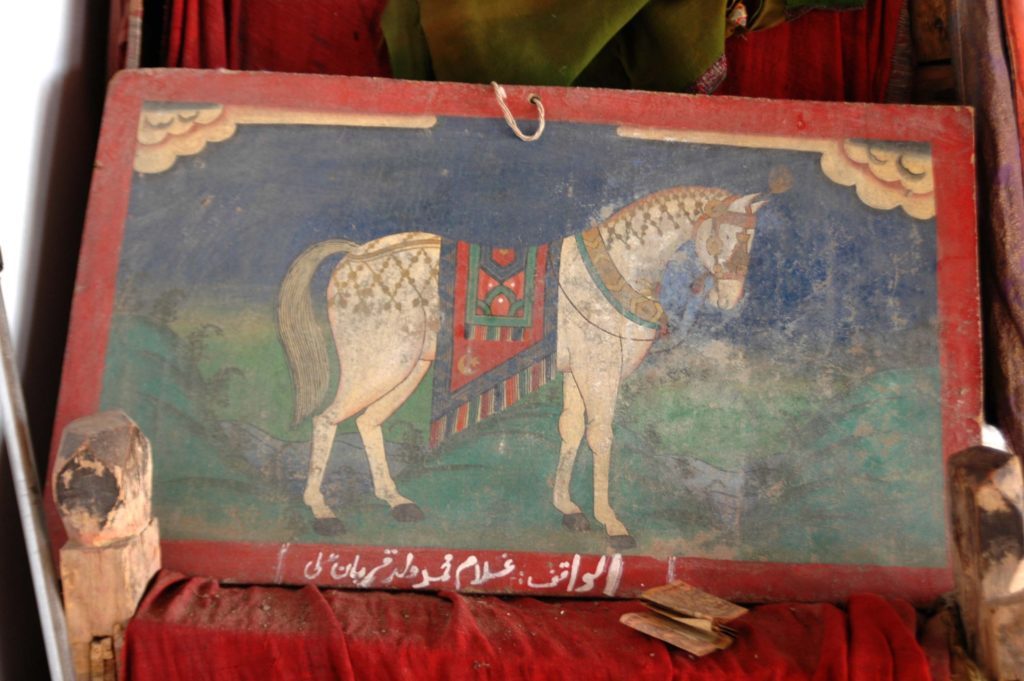
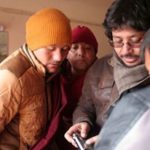 Abeer Gupta is a filmmaker and visual anthropologist, currently working as assistant Professor at the School of Design at Ambedkar University, Delhi. Abeer has worked as an executive producer of feature films and director of documentary films and has participated in various public art, community media projects since 2005. His research and projects are focused in the western Himalayas, in Ladakh, Jammu & Kashmir, around oral histories, material cultures, and visual archives. He is co-director of Achi Association India, an organization that works for the preservation of the cultural heritage in the Himalayan region.
Abeer Gupta is a filmmaker and visual anthropologist, currently working as assistant Professor at the School of Design at Ambedkar University, Delhi. Abeer has worked as an executive producer of feature films and director of documentary films and has participated in various public art, community media projects since 2005. His research and projects are focused in the western Himalayas, in Ladakh, Jammu & Kashmir, around oral histories, material cultures, and visual archives. He is co-director of Achi Association India, an organization that works for the preservation of the cultural heritage in the Himalayan region.







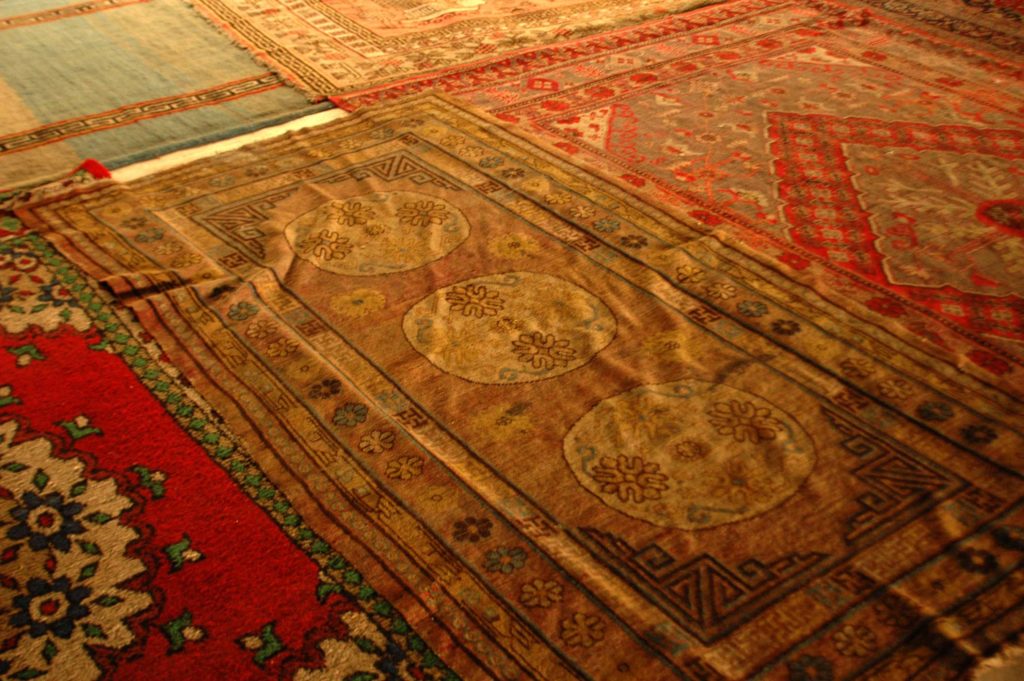
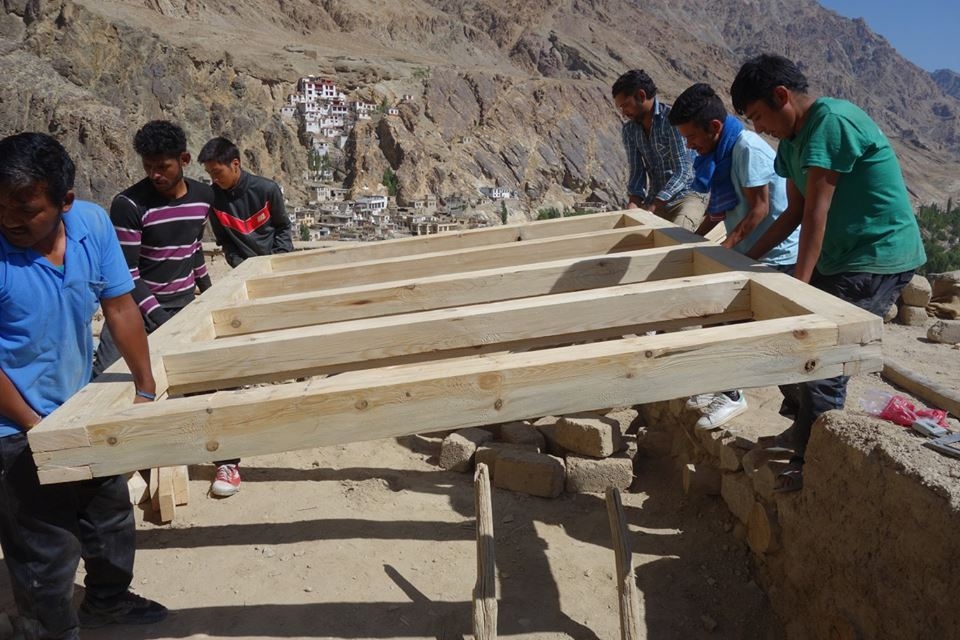
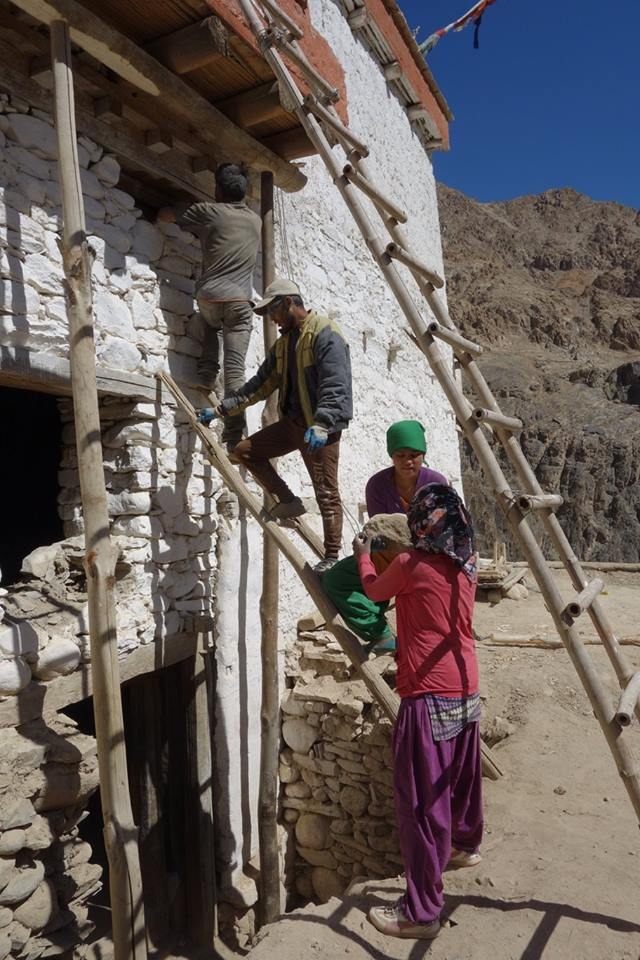

Recent Comments